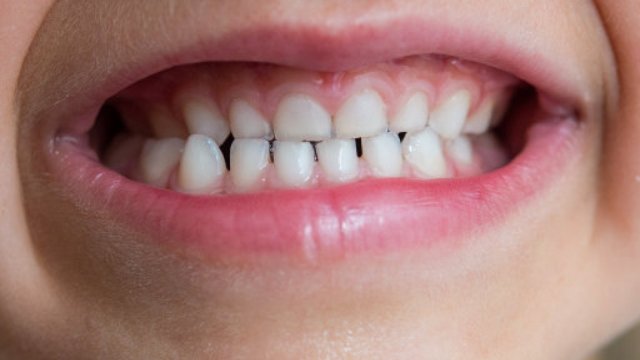Number Of Youngsters With Tooth Decay Drops
24 October 2017, 13:45 | Updated: 24 October 2017, 13:57

More than three-quarters of Primary 7 children had no obvious decay in their permanent teeth in 2017 as child oral health continues to improve, new figures show.
The National Dental Inspection Programme statistics showed that 77% of the youngsters had no obvious decay, a steady improvement from 53% in 2005.
Children in Orkney had the best teeth, with 90.4% showing no obvious decay, while those in Greater Glasgow and Clyde had the worst (73.1%).
The figures also showed a link between deprivation and poor dental health.
Only 65.6% of P7 children in the most deprived areas had no obvious decay experience compared with 86.5% in the least deprived areas.
The figures, published by Information Services Division Scotland - the statistical division of the NHS - showed the average number of P7 children's teeth affected by obvious decay experience in 2017 was 0.49.
This is less than half of the average number of teeth affected in 2005 when it was 1.29.
Health Secretary Shona Robison said: "These welcome statistics show a further improvement in the oral health of children. More than three quarters (77%) of Primary 7 children now have no tooth decay, that's up from 59% a decade ago.
"This demonstrates that our programmes such as Childsmile are making a significant difference, which is why we have expanded Childsmile across Scotland and continue to work to deliver further improvements."
The Detailed Inspection was carried out between November 2016 and June 2017 and involved 14,596 children across Scotland, 26.6% of the estimated P7 population.
The average age of the children examined - both girls and boys - was 11.5 years.






